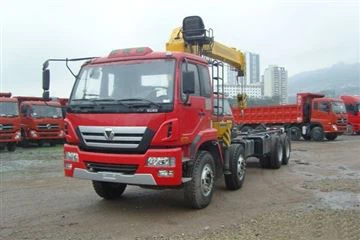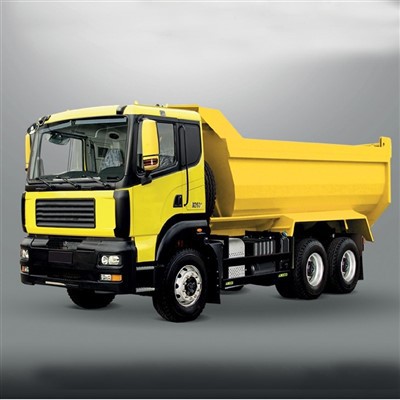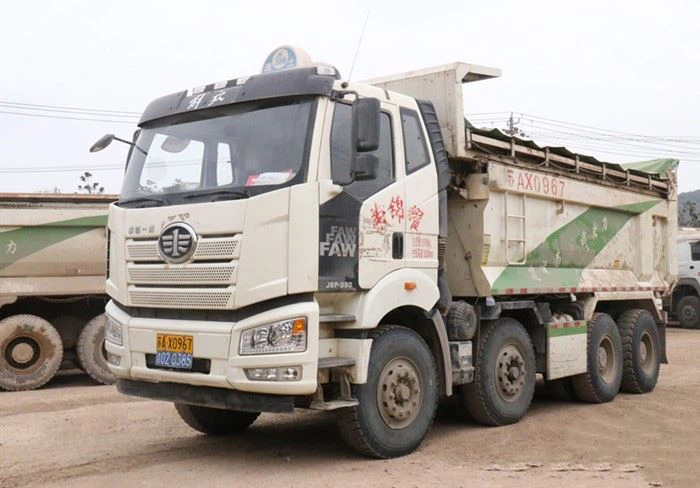A Comprehensive Guide to A7 Tornadoes: Understanding, Preparedness, and Safety

Tornadoes are among the most powerful and destructive natural phenomena on our planet. The term “A7 tornado” is often used to describe a specific classification of tornado that can cause severe damage and pose serious risks to life and property. In this comprehensive guide, we will dive deep into understanding A7 tornadoes, what differentiates them from other tornado categories, their formation, the associated risks, and crucial safety measures to help you prepare in case of such an event.
What is an A7 Tornado?
An A7 tornado is classified based on its intensity, wind speeds, and potential damage. Understanding this classification can help individuals recognize the threats posed by such tornadoes and prepare appropriately.
Understanding Tornado Classifications
Tornadoes are classified using the Enhanced Fujita (EF) Scale, which ranges from EF0 (weakest) to EF5 (strongest). The A7 tornado generally relates to EF3 or EF4 on the Enhanced Fujita Scale.
| EF Scale Rating | Wind Speed (mph) | Damage Potential |
|---|---|---|
| EF0 | 65-85 | Light damage, minor structure damage |
| EF1 | 86-110 | Moderate damage, severe roof damage |
| EF2 | 111-135 | Considerable damage, destruction of roofs, and walls |
| EF3 | 136-165 | Severe damage, serious injury, or death |
| EF4 | 166-200 | Devastating damage, complete destruction of buildings |
| EF5 | Over 200 | Incredible damage, houses are swept away |
The Characteristics of A7 Tornadoes
A7 tornadoes typically exhibit the following characteristics:
- Wind Speeds: Wind speeds between 136-200 mph.
- Damage: They can cause severe to devastating damage to homes and can uproot trees.
- Duration: A7 tornadoes can last for a few minutes to over an hour.
- Size: They may have a path width ranging from a few dozen yards to over a mile.
How Do A7 Tornadoes Form?
Understanding the formation process of tornadoes can provide crucial insights into how and when they develop.
Conditions for Tornado Formation
A7 tornadoes usually form under very specific conditions that include:
- Temperature Differences: Warm, humid air at the surface flashes upward into cooler, drier air above.
- Wind Shear: Variations in wind speed and direction with altitude create spinning columns of air.
- Thunderstorm Development: Tornadoes often accompany severe thunderstorms known as supercells.
The Role of Supercells

Supercells are large, rotating thunderstorms that can last for several hours and are often the breeding ground for powerful tornadoes like A7.
- Updrafts: Strong updrafts within supercells can stretch and entwine the rotating air.
- Downdrafts: When the updraft weakens, a rotating column can tighten and develop into a tornado.
Impacts of A7 Tornadoes
The impacts of A7 tornadoes can be monumental, causing both physical destruction and emotional distress.
Physical Damage
The physical damage caused by A7 tornadoes is extensive:
- Destruction of Homes: Houses may be leveled completely.
- Infrastructure Damage: Severe impacts on roads, bridges, power lines, and communication systems.
- Landscape Alteration: Trees uprooted, fields flattened, and natural landscapes changed.
Human Impact
The human cost associated with A7 tornadoes can be staggering:
- Casualties: Injuries and fatalities can occur, especially in areas where warnings are not heeded.
- Psychological Impact: Survivors may experience PTSD, anxiety, and depression following a tornado event.
Preparedness for A7 Tornadoes
Being prepared can significantly reduce risks associated with A7 tornadoes. Here are some practical tips to ensure safety.
Creating a Tornado Safety Plan
Every family should have a tornado safety plan. Here’s how to create one:
- Select a Safe Location: Choose a basement, storm cellar, or interior room on the lowest level of your home.
- Establish Communication: Arrange a meeting spot for family members outside of the home.
- Practice Drills: Conduct regular drills to ensure everyone knows where to go and what to do.
Emergency Supplies
Having emergency supplies on hand can save lives. Key items to stock include:
- First Aid Kit
- Flashlights with extra batteries
- Canned food and bottled water
- Portable phone charger
- Whistle to signal for help
Warning and Alert Systems
Staying informed can make the difference between safety and disaster.
Understanding Tornado Warnings
Tornado warnings are issued by the National Weather Service and can be categorized as follows:
- Tornado Watch: Conditions are favorable for the development of tornadoes.
- Tornado Warning: A tornado has been sighted or indicated by radar.
How to Receive Alerts
Consider various methods for receiving tornado alerts:
- Weather radios
- Smartphone apps (e.g., NOAA, weather apps)
- Local news channels and websites
Post-Tornado Safety Measures
After an A7 tornado, there are several critical steps to follow for safety.
Assessing Damage and Safety
Once the tornado has passed, assess the situation:
- Check for injuries and administer first aid where needed.
- Avoid downed power lines and report them to authorities.
- Take photos of damages for insurance purposes.
Staying Informed
Continuously monitor the situation through reliable news sources. Emergency services will provide updates on safety and services.
Real-Life Examples of A7 Tornadoes
Learning from past A7 tornado events can shed light on their destructive nature and necessary precautions.
2011 Joplin Tornado
One of the deadliest tornadoes in U.S. history, the Joplin tornado, was an EF5 but exhibited characteristics that could have been classified closer to an A7 in terms of damage:
- Date: May 22, 2011
- Casualties: 158 deaths, over 1,000 injuries
- Damage: Over 7,500 homes destroyed, entire neighborhoods leveled
2013 Moore Tornado
The Moore tornado is another notable example with devastating impacts:

- Date: May 20, 2013
- Classification: EF5, closely related to A7 damage level
- Casualties: 24 deaths, 377 injuries
- Damage: Two elementary schools destroyed
Frequently Asked Questions
What should I do if I am in a tornado warning area?
If you are in an area under a tornado warning, seek shelter immediately in a basement or an interior room away from windows.

How can I help my community after a tornado strikes?
You can help by volunteering, donating supplies, or supporting local organizations involved in recovery efforts.
Are there tornado season risks I should be aware of?
Tornadoes are most common in the U.S. from April to June, so be extra vigilant during this period.
How can I prepare my kids for tornado safety?
Talk to your kids about tornado safety in an engaging way and conduct practice drills to ensure they know what to do.
Can technology help in tornado detection?
Yes, technology plays a critical role in tornado detection, with radar systems and mobile apps that provide crucial alerts.
How are A7 tornadoes different from other tornadoes?
A7 tornadoes, with their intensities classified typically as EF3 to EF4, are much more destructive compared to weaker categories, leading to higher damage and injury risks.
